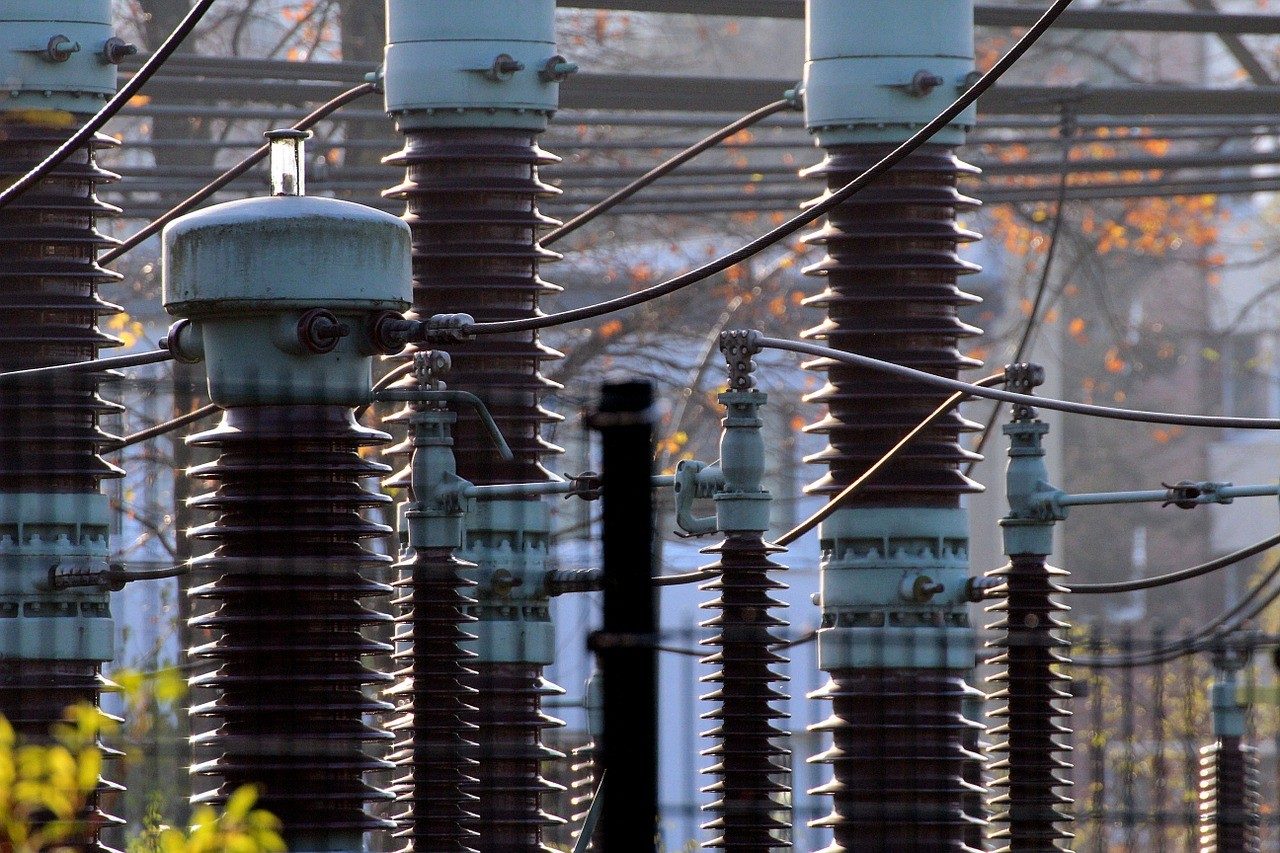This post is the second post of a 2-part series on The Impact of the ELIGIBLE CUSTOMER REGULATION 2017. Read Part 1
In Part 1 of this series we looked at what constituted the Eligible Customer policy directive, the categories of Eligible Customers and its impact on the NESI.
This part will go further to discuss how it also impacts the key players in the NESI and who the key players are.
KEY PLAYERS
- Generating Companies (GENCOs)
- Distribution Companies (DISCOs)
- Off-Grid and Captive Generators
GENCOs
The GenCos benefit the most from the EC policy directive as two of their major challenges would be addressed which are; the ability to ramp up generation capacity and sell it off without retaining stranded power and to break the illiquidity of the current power sector by the opening up of several streams of income which will in turn enable them to pay off their gas supplier and other parties on this chain.
It is the GenCos who would contract PPAs with the eligible customers for stranded or new capacity that cannot be purchased by the DisCos due to the lack of transmission and distribution infrastructure. These Eligible customers in turn will pay the agreed tariff directly to the GenCo, thereby cutting off the long process of remittance by the existing DisCos which was yielding little or nothing. In addition the EC directive could lead to better financing opportunities as their output would ideally be sold to credit worthy eligible customers who would backstop payment obligations.
On the downside, the pricing regime to be paid by the Eligible Customer is benchmarked against the tariff paid by the DisCos to NBET for power supply[1]. This means that the current MYTO tariffs would apply to the Eligible Customers which may not necessarily encourage a liberalized power sector. An arrangement were both parties are free to negotiate on their prices would have set a better tone for the GenCos.
DISCOs
The DisCos on the other hand do not share the same sentiments with the GenCos as they feel short changed by the EC directive. But before delving into their dissatisfaction it is worthy to note that Section 5 of the Eligible Customers Regulation 2017 provides for Eligible Customers that will need to enter a distribution use of system agreement which the DisCos can benefit from their tariff as well as those who enter bi-lateral agreements with GenCos and DisCos to construct and operate distribution facilities.
Furthermore according to section 28 EPSRA and 29 Eligibility Consumer Regulations (ECR) the Minister can direct for competition transition charges from the Eligible Customers and consumers where there is a decrease or inadequate revenue on the part of the DisCos due to the EC directive. This should compensate the DisCos from any perceived loss.
As regards this perceived loss; the DisCos believe that the Eligible Customers are majorly industrial and manufacturing companies or large real estate owners who were under their network and consisted of a huge part of their revenues but with the advent of the EC directive, they now have the ability to directly purchase electrical power from the GenCos thereby leaving the DisCos with a lower customer base and by extension lower revenue base. This only goes to worsen the predicament of revenue collection and remittance that already exists.
Off-Grid and Captive Generators
The arguments for this category of key players can go both ways. Off-grid/Captive generators can sell power to Eligible Customers although it can be said that they are already doing so presently as their customers are those who may qualify to be ‘Eligible’ under the Regulation.
On other hand, the EC directive may put this category under risk as these current customers fall under the ‘Eligible’ status and may decide to purchase power directly from the GenCos which may be more affordable and infact much more stable. Thus, they share the same risk as born by the DisCos.
CONCLUSION
The Eligible Customers Regulation 2017 has been effected for the overall benefit of Nigeria’s electricity industry and in line with the plan of reaching a fully competitive market, whether it will indeed fulfill the purpose amidst some of its seeming flaws and perceived disadvantages on certain key players is one yet to be determined by time.
[1] Section 28 ECR 2017
The opinions in the articles are for general information purposes only and do not form a legal relationship or be taken as legal advice. To explore legal advice, please consult your solicitor or feel free to get in touch with us directly.


